Material
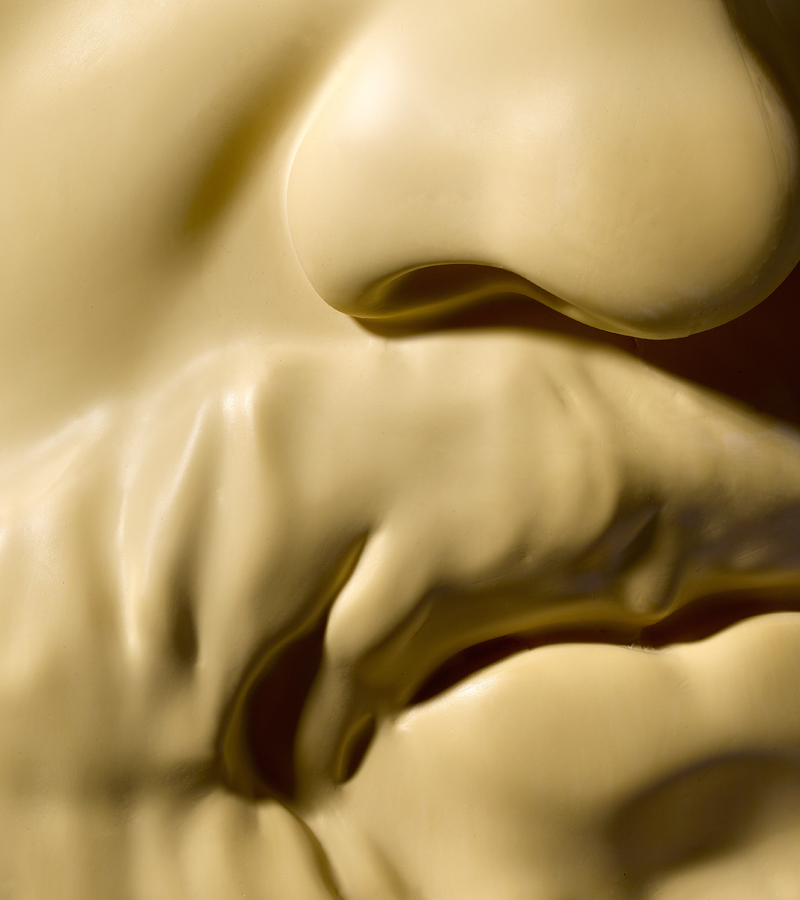
- It can be rigid, soft, or somewhere in between.
- It can be thin or thick.
- It can be light or heavy.
- It allows maximum freedom in the design phase: variable thicknesses, complex shapes and undercuts.
- It can be reinforced with inserts.
- It is inert to many substances. It is water resistant.
- It is highly insulating.
- It has excellent mechanical characteristics.
- It can be worked on using the most common wood tools.
- It can be printed, and the moulds are very convenient.
- It can be painted.
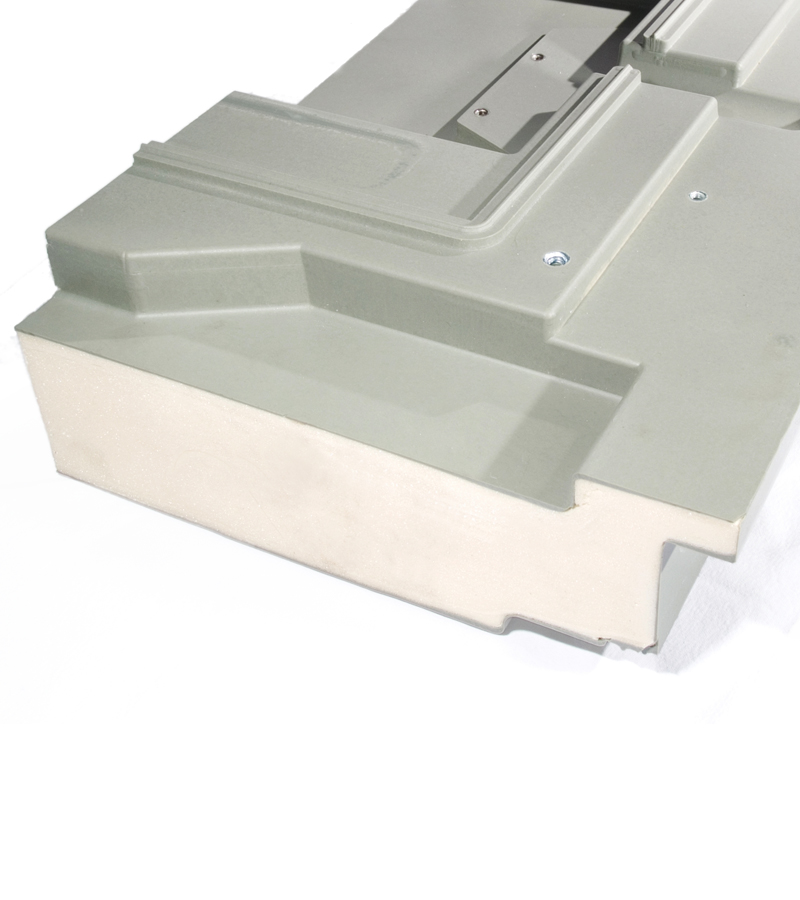
Rigid 40/80kg/m3
an ideal polyurethane for thermal insulation, it is used for insulation
- thermal conductivity of 19 to 25 mW/mK
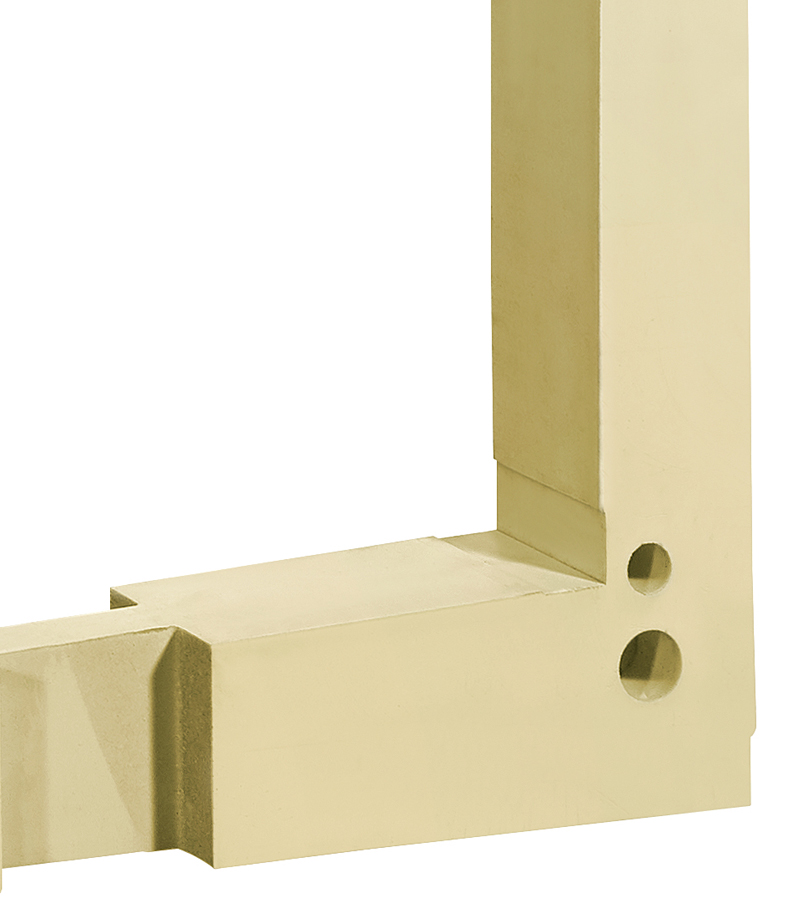
Rigid 200/250kg/m3
a good compromise between thermal conductivity and structural rigidity, suitable for producing technical refrigeration components
- surface hardness from 20 to 45 Shore D
- compressive strength from 300 to 400 KPa
- insulation with a thermal conductivity of 19 to 41 mW/mK
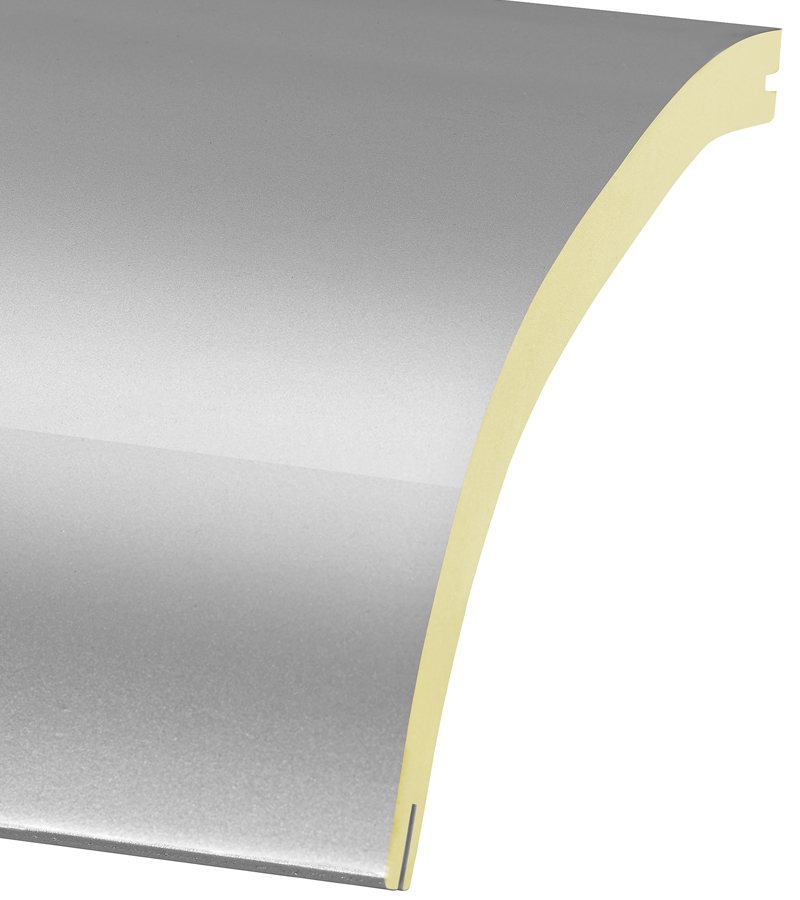
Rigid 400/600kg/m3
a polyurethane with a density similar to wood, suitable for aesthetic details (painted)
- surface hardness from 50 to 80 Shore D
- insulation with a thermal conductivity of 19 to 70 mW/mK
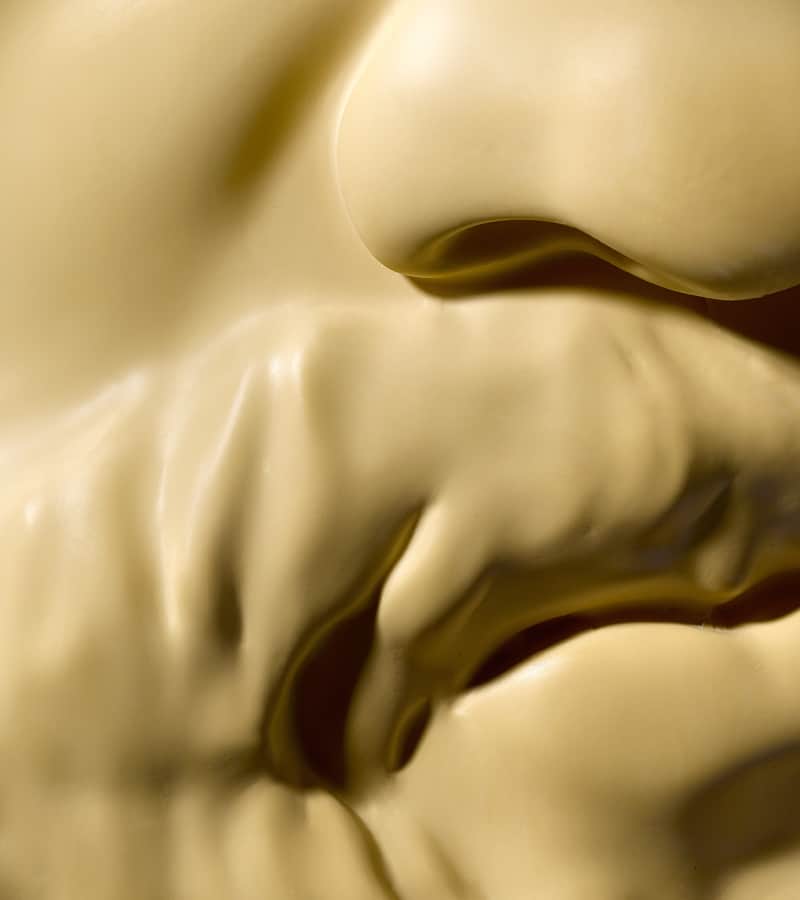
Rigid 1,000kg/m3
a rigid structural polyurethane that allows for the creation of very thin and resistant items
- Flexural modulus 2000 MPa

RIM/density 1,000kg/m3
a polyurethane that is more flexible than rigid polyurethane, suitable for making bumpers, for example
- Flexural modulus 450 MPa
- surface hardness from 55 to 65 Shore D
- elongation 70%
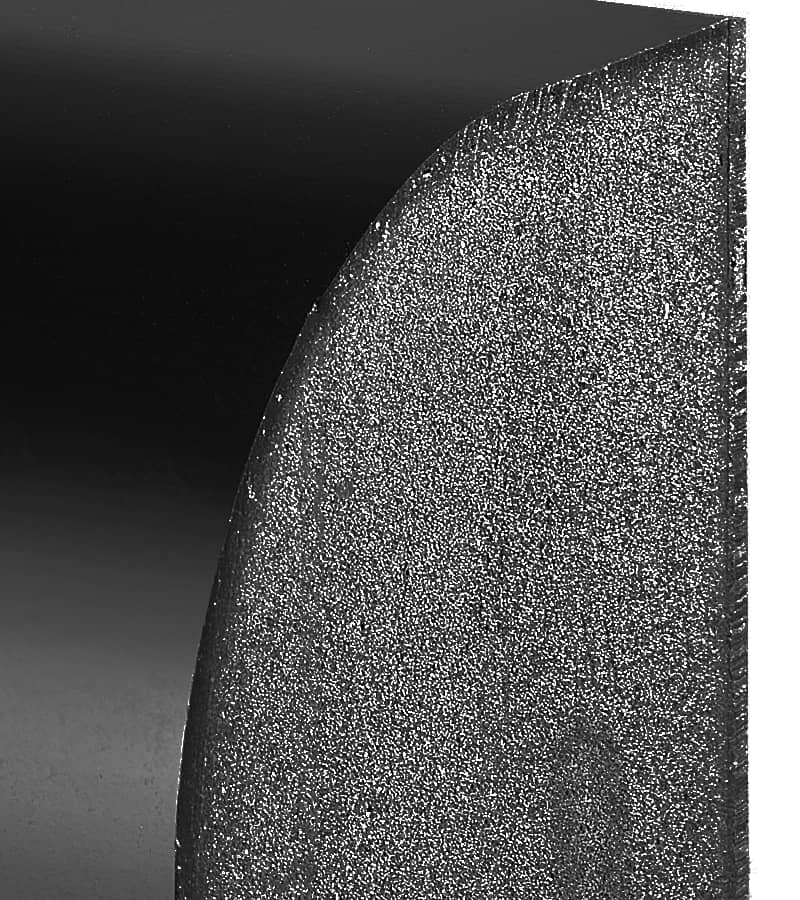
Integral
an “elastic” polyurethane, characterised by its resistant outer layer and expanded core – it offers varying degrees of softness
- surface hardness from 30 to 70 Shore D